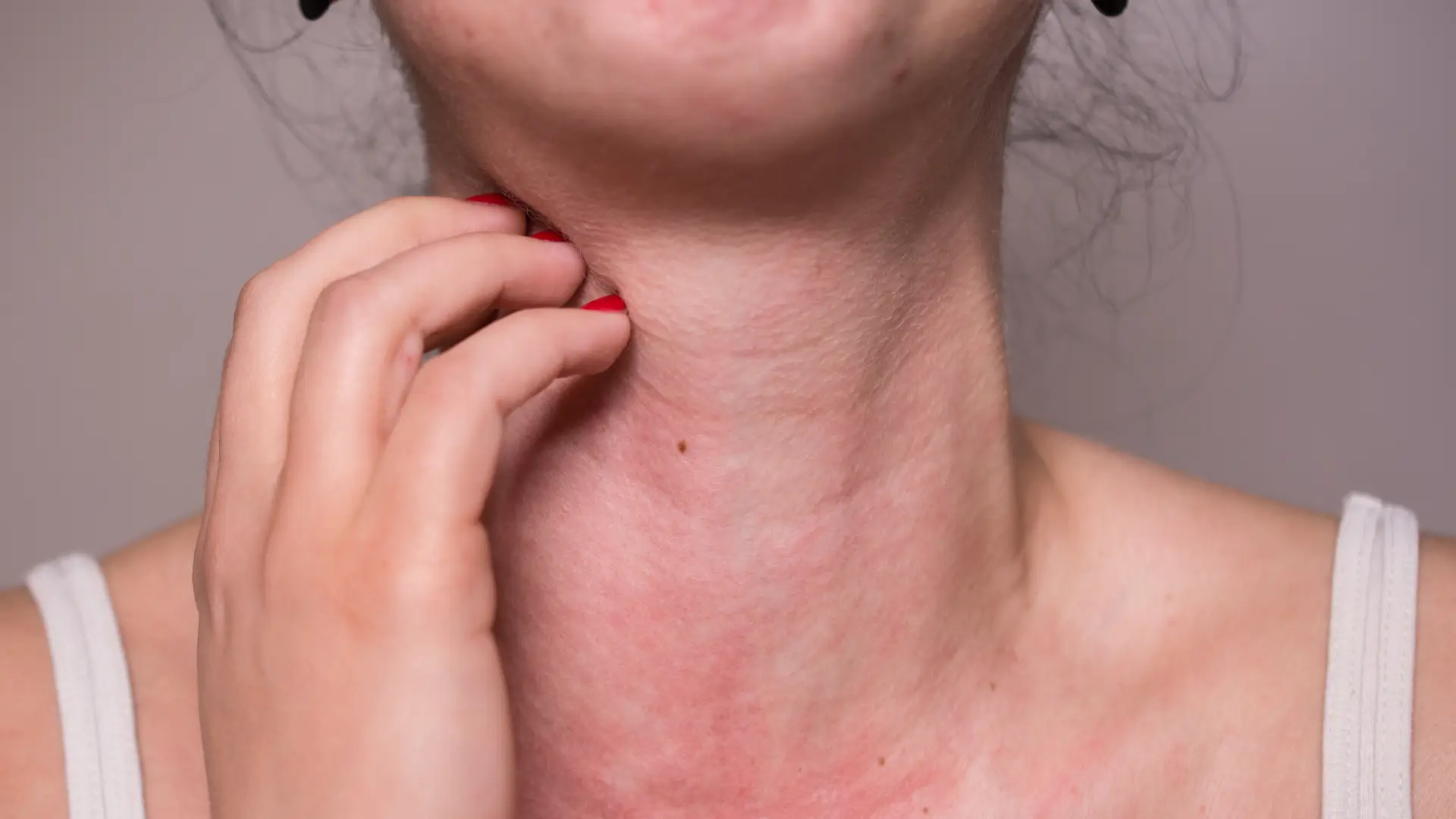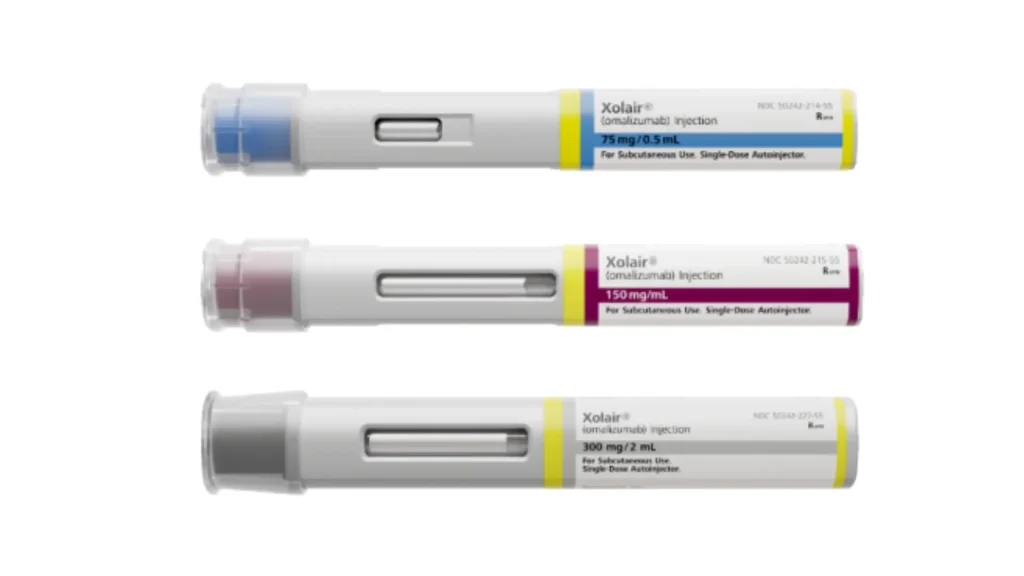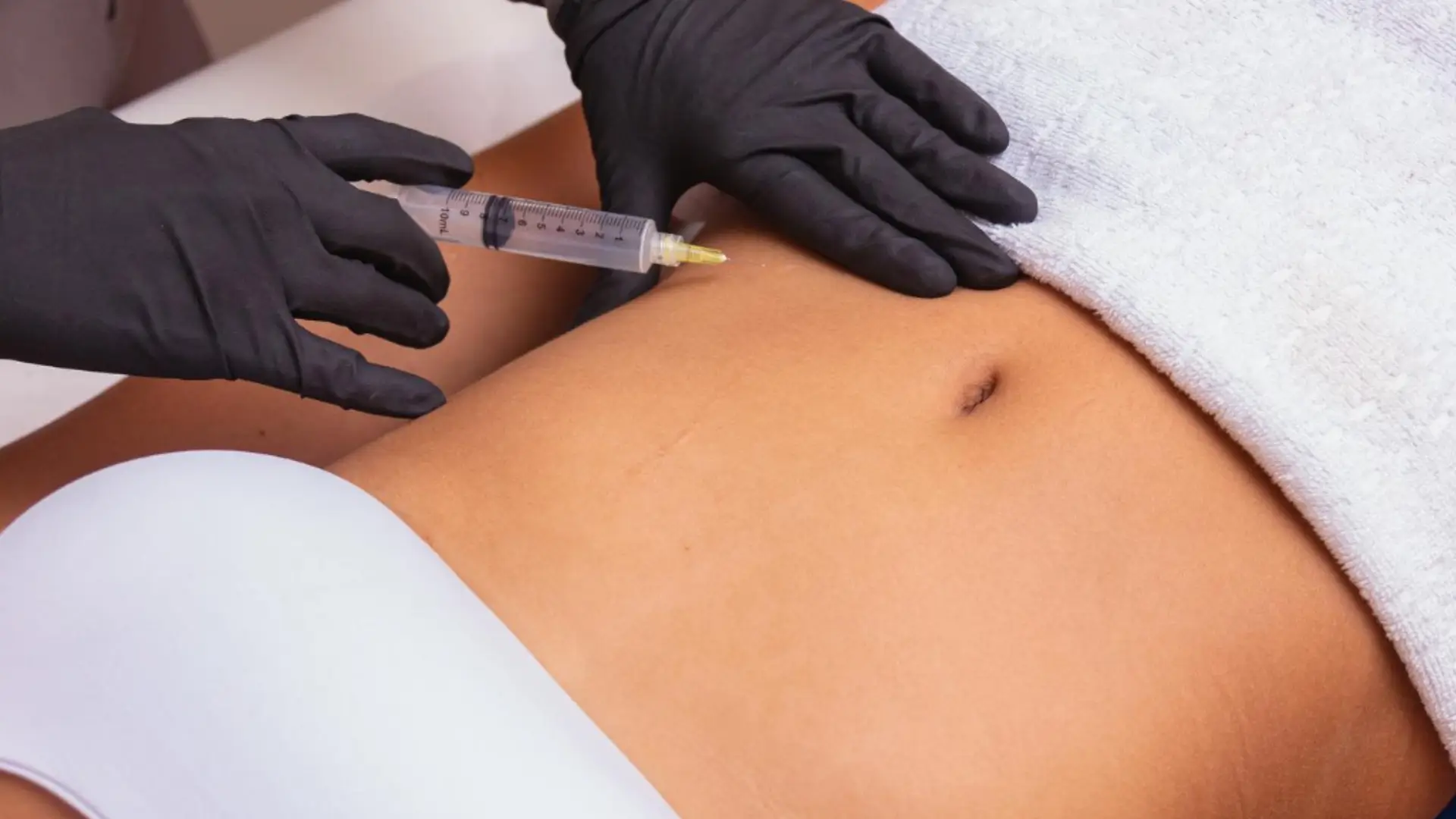Clear and accurate prescribing information helps guarantee patient safety and maximizes the effectiveness of any medication. For healthcare providers, the FDA-approved prescribing information is a critical tool that outlines indications, dosing, contraindications, and monitoring requirements, helping to guide treatment decisions and minimize errors.
This is especially true for biologic therapies like Xolair (omalizumab), which has received FDA approval for a range of allergic conditions, including asthma and chronic spontaneous urticaria. Because of its complexity and powerful effects, it’s essential for healthcare providers to rely on detailed, evidence-based guidelines when prescribing Xolair to ensure safe and effective use.
In this article, we’ll break down the key aspects of Xolair’s prescribing information, covering FDA-approved indications, dosing schedules, safety considerations, and monitoring guidelines. We’ll also provide practical tips for healthcare providers and patients to help navigate the treatment process and achieve the best outcomes.
Key Takeaways
- Xolair (omalizumab) is FDA-approved for treating asthma, chronic spontaneous urticaria, food allergies, and chronic rhinosinusitis with nasal polyps.
- Dosing is based on total IgE levels and body weight, with specific dosing tables for each indication.
- Xolair can be administered every 2 or 4 weeks, depending on the condition being treated, and self-administration is allowed only after proper training.
- The prescribing information or label highlights the risk of anaphylaxis and other serious side effects, requiring careful patient monitoring and informed consent.
- Healthcare providers should follow the Xolair dosing guide, ensuring proper administration, ongoing monitoring, and patient education for safety and efficacy, and avoid side effects.
About: Medica Depot is your trusted all-in-one supplier, offering a range of high-quality medical injectables and supplies. If you’re looking to buy Xolair, contact Medica Depot’s sales representatives and they will guide you on how to do so. Whether for health professionals, plastic surgeons, dermatologists, licensed estheticians, or other specialists, we can offer genuine, brand-name products you may need. With Medica Depot, we prioritize serving you better to improve the patient’s quality of life.
Core Prescribing Parameters: Dosing Intervals, IgE- And Weight-Based Adjustment For Xolair

Accurate prescribing information ensures both patient safety and the effectiveness of any medication. After receiving FDA approval, Xolair (omalizumab) has been trusted by healthcare providers for its precise dosing guidelines supported by evidence. As Genentech Inc. markets Xolair, it has a clearly outlined dosing guide that plays a vital role in patient care.
Healthcare providers typically use the omalizumab dosing guide, which involves:
- Measuring total serum IgE (IU/mL) before starting therapy.
- Using the manufacturer’s dosing tables that match IgE levels and body weight to a specific dose in milligrams.
- Administering Xolair injections typically every 2 or 4 weeks, based on the specific condition being treated.
This IgE- and weight-based method is primarily used for IgE-mediated indications to achieve target IgE neutralization. For exact dosing, doctors may refer to the Xolair prescribing information and dosing guide for full tables, worked examples, and preparation instructions before administering or prescribing.
Differences In Dosing Regimens For Asthma, Urticaria, And Food Allergy Indications

The dosing regimen for Xolair (omalizumab treatment) varies based on the treatment. Xolair’s indications include asthma allergy, chronic spontaneous urticaria (CSU), food allergy, and chronic rhinosinusitis with nasal polyps (CRSwNP). Patients need to consult with healthcare professionals to determine their suitability for the treatment and the correct dosing to achieve the best results.
- Allergic Asthma: The dose is based on the patient’s pre-treatment total serum IgE (IU/mL) and body weight (kg). Typically, the Xolair dose for asthma ranges from 75 mg to 375 mg.
- Chronic Spontaneous Urticaria: The dosing for CSU does not depend on IgE or weight. It uses fixed doses of 150 mg or 300 mg, administered once a month. This applies to adolescents 12 years and older and adults.
- Chronic Rhinosinusitis with Nasal Polyps: For CRSwNP, the dose is based on total IgE levels and body weight. Typically, Xolair doses for this condition range from 75 mg to 300 mg every 2 or 4 weeks, but in cases of very high IgE and weight, the dose may go up to 600 mg. This treatment is approved for adult patients aged 18 years and older.
- Food Allergy: For IgE-mediated food allergies, the dosing schedule follows the same treatment guide as for asthma and CRSwNP. The dose and interval vary based on age, specific indications, and IgE levels. Typically, the dosing ranges from 75 mg to 600 mg, administered every 2 or 4 weeks.
Safety Guidance: Boxed Warning, Contraindications, And Injection Administration Protocol
Xolair carries a boxed warning about the risk of anaphylaxis, which can occur after any dose, including the first injection and during long-term therapy. Therefore, patients must begin Xolair therapy in a healthcare setting, where practitioners can monitor them after each injection.
Healthcare professionals must ensure patients are suitable candidates for these injections. This Xolair has an absolute contraindication for anyone with known hypersensitivity to omalizumab or any of its components.
Xolair Injection Session
Xolair is administered by subcutaneous injection. The medication comes in various forms, including Xolair prefilled syringes, autoinjectors, and vials for reconstitution. A healthcare provider should administer the injections in a clinical setting or after proper training for self-administration.
- Storage: Keep Xolair refrigerated, but avoid exposing it to extreme temperatures.
- Preparation: Ensure the autoinjector is allowed to warm to room temperature for at least 15 to 30 minutes (do not shake or apply heat).
- Injection: Always check the solution’s clarity before use and ensure used devices are correctly disposed of in an FDA-approved sharps container.
Self-Administration
Self-administration should only be approved once Xolair-treated patients or caregivers have demonstrated proficiency in injection technique and can recognize anaphylaxis symptoms. Administering alone is not recommended for individuals who have experienced severe anaphylaxis to Xolair or any of its components, or for those who lack reliable access to emergency care.
Monitoring And Patient Education: IgE Tracking, Self-Administration, And Anaphylaxis Precautions

Given the importance of IgE levels in determining the correct Xolair dose, healthcare providers should measure serum total IgE before starting therapy. Avoid retesting IgE during treatment, as total IgE will naturally rise and remain elevated for months, and repeat testing does not guide dose adjustments.
Regular visits are essential to monitor patients for:
- Injection-site reactions
- Systemic adverse effects
- New respiratory symptoms
- Unexplained infections
- Signs of eosinophilic or vasculitic syndromes
Patients must track injection-site reactions and any signs of hypersensitivity or other adverse events, which inform ongoing assessments of the treatment’s risk–benefit ratio. Self-administration should only be considered after proper training and a clinical assessment of the patient’s ability to follow the correct procedure and manage emergencies if they arise.
Conclusion
Xolair (omalizumab) is an important treatment for various allergic reaction or condition, offering significant benefits when managed properly. Understanding the dosing schedules, including adjustments based on IgE levels and body weight, is critical to achieving optimal outcomes. Ensuring proper administration, monitoring, and patient education will help mitigate risks like anaphylaxis and ensure the treatment remains effective.
Healthcare providers play a key role in guiding patients through the complexities of Xolair therapy, helping them make informed decisions and ensuring they adhere to their treatment plan for the best results.
FAQs
1. What conditions does Xolair treat?
Xolair has FDA approval for allergic asthma, chronic spontaneous urticaria (chronic hives), food allergies, and chronic rhinosinusitis with nasal polyps. Its label also has specific age range to ensure patient suitability before receiving Xolair prefileld syringe, autoinjectors, or vials.
2. How is Xolair administered?
A healthcare provider should give Xolair by subcutaneous injection, with dosing determined by IgE levels and body weight. It comes in Xolair prefilled syringes, autoinjectors, and vials for reconstitution.
3. What safety measures should be taken when using Xolair?
Monitor patients for anaphylaxis after each injection. Only allow self-administration after giving patients proper training to ensure safety.
References
Center for Drug Evaluation and Research. Frequently Asked Questions about Labeling for Prescription Medicines. FDA. Published April 1, 2024. Accessed November 4, 2025. https://www.fda.gov/drugs/fdas-labeling-resources-human-prescription-drugs/frequently-asked-questions-about-labeling-prescription-medicines
Genentech Inc. XOLAIR® (Omalizumab) HIGHLIGHTS of PRESCRIBING INFORMATION. Genentech Inc. Accessed November 4, 2025. https://www.gene.com/download/pdf/xolair_prescribing.pdf









